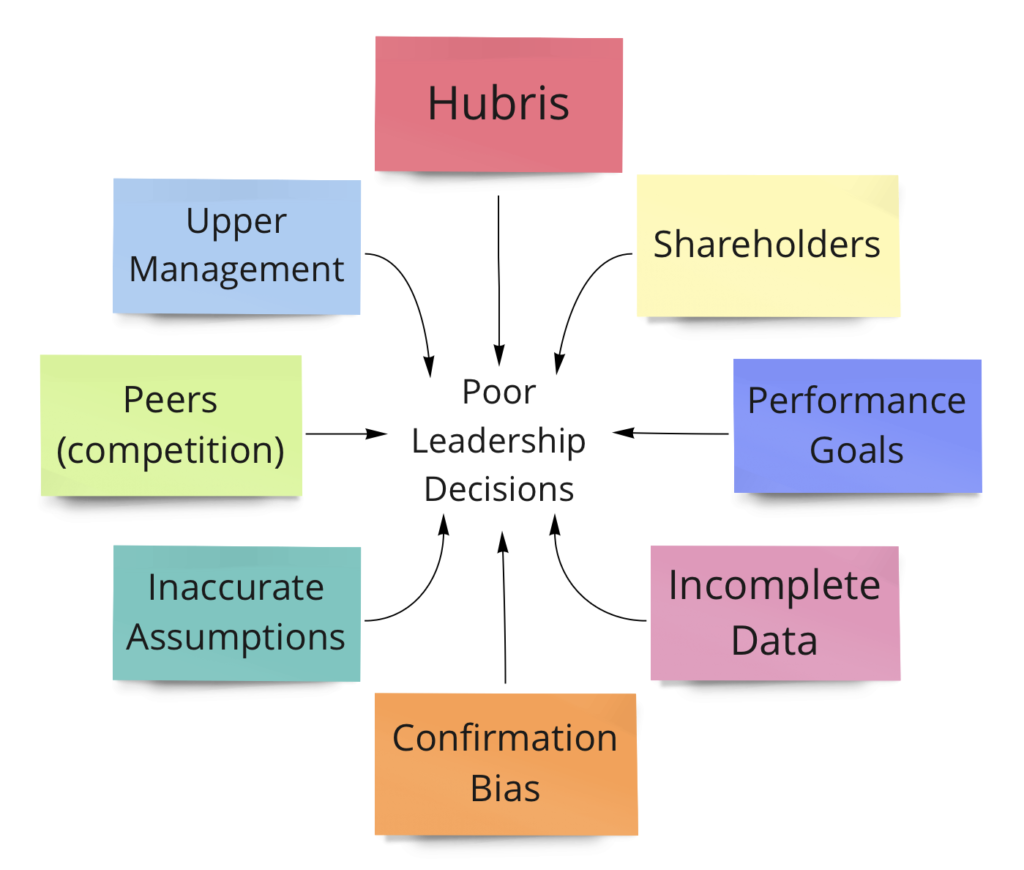No manager sets out with the intention of running their employees’ morale. So why do so many end up accomplishing just that?
There are many contributing reasons. I contribute the leading cause to the complete lack of meaningful leadership skills training in most companies. But that requires an incredibly strong culture throughout the company. The standard business behavior is to take high-performing individuals in a team and promote them; that’s a tangent for another article.
Whenever I see decisions being made to the detriment of a company’s wellbeing, I stop and ask questions. I ask a lot of questions, you’ll notice.
What could pressure a leadership team of an organization to abandon their employee’s wellbeing in favor of profit?
How do businesses go from a functioning on the basis of “Values as King” to one of “Values as Nice-Looking Figureheads” (but actually profit-driven)? What does this journey look like? What are the pivotal moments, the pitfalls, the points of departure? What are the warning signs?
Contributing Factors to Poor Leadership Decisions:

Examine the above aspects in your own business. Is there pressure to cut back on the wellbeing of your employees in favor of profit from any of these pressure points? Do any of these sources prompt you to consider cutting corners on your values?
Explaining why a certain action is acceptable is an indicator that said action may violate your business values or integrity.
Acting on your values requires no explanation beyond, “This is in line with our values.”
One Solution:
Create a formal document which clearly defines your values and what they practically mean I your company. Include examples of violations of these values. Include exact, step-by-step instructions of how to trigger a full-stop to examine and review a business action. How to reverse a poor decision and reset to a healthy alternative must also be outlined.
The mere existence of such a document is not sufficient: it must be frequently visited, discussed, and shared among all levels of leadership and management. It must be actionable and able to deploy in an instant.
The goal is to have a living document which is clearly understood by all, and which affords any member of leadership – even the lowest-tier supervisor – to pull the emergency brake when they believe a business decision to be in violation of the values of the company or in violation of the best interests of the employees within their care.